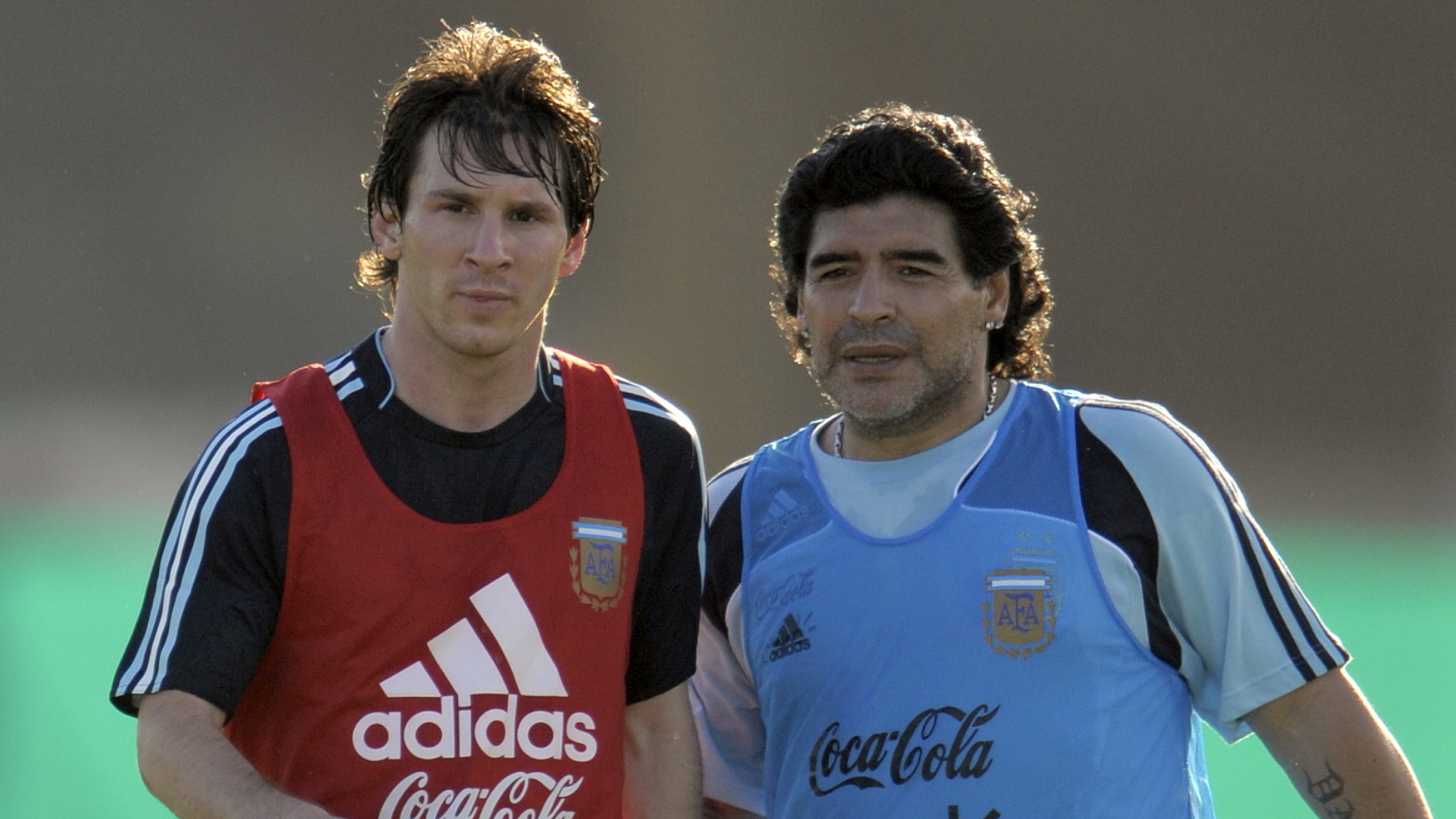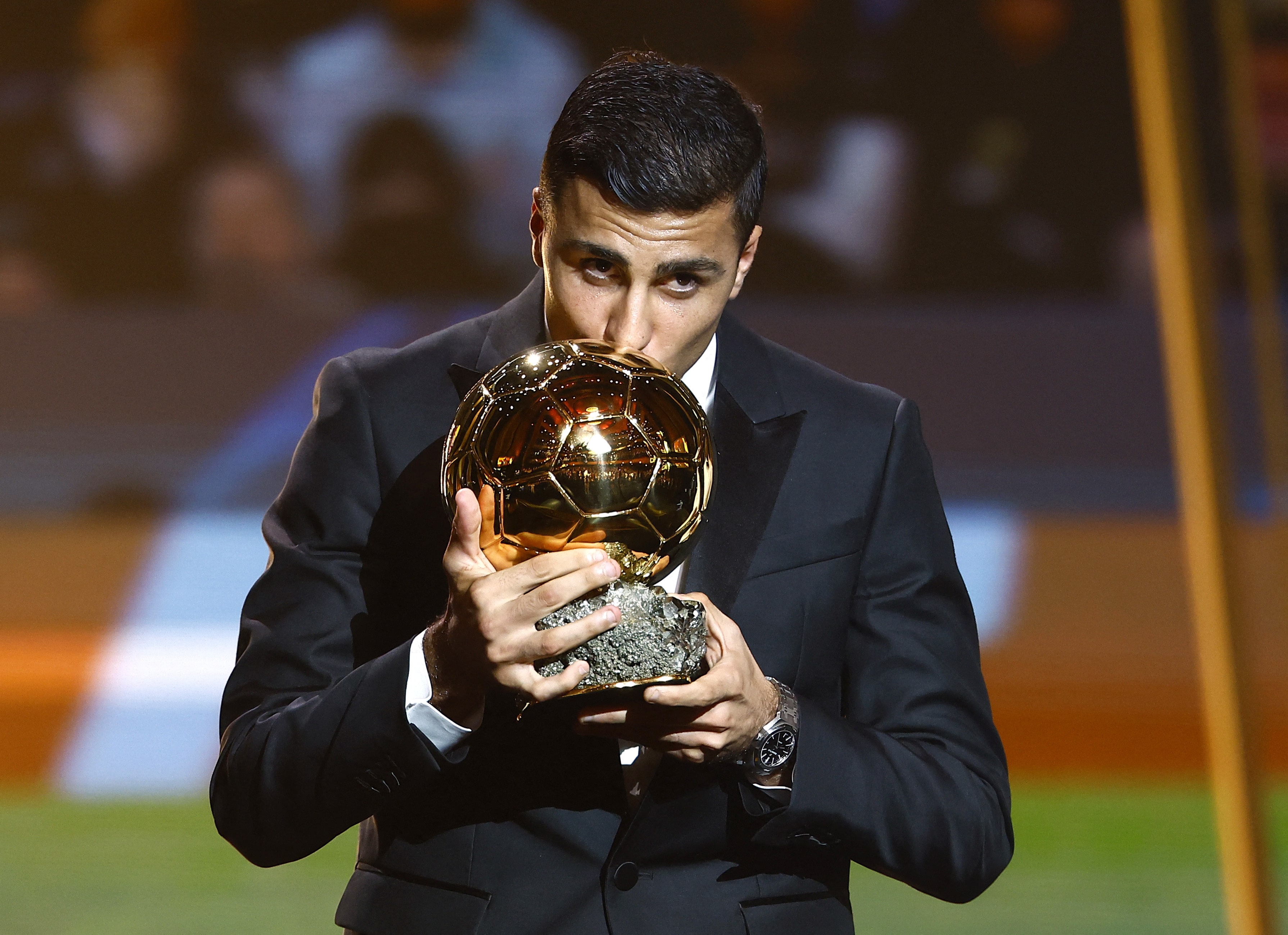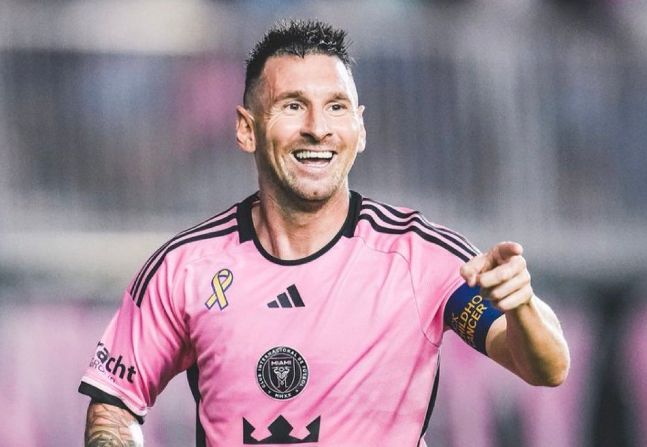The world of football is in mourning after Diego Maradona passed away on Wednesday in Argentina, following a heart attack. The greatest footballer of a generation achieved remarkable success at both club and international level, leaving a remarkable legacy and lasting profound impact on the sport.
Comparisons between Maradona and Lionel Messi are inevitable. Both are Argentinean, both starred at Barcelona, both wore the number 10 shirt, both were left-footed and, of course, both are firmly established in the conversation of the greatest footballers of all time.
Author and commentator Jon Driscoll wrote about both the impact and legacy of both in his book, The Fifty: Football’s Most Influential Players. He compares and contrasts the two footballing greats, and ponders which he would rather have in his own side…
So Maradona or Messi? If you’ve come for a straight answer, you’re in the wrong place. Thankfully, football is too complicated, too beautiful for that.
We could use the politician’s trick and redefine the question to make it easier to answer.
Which of the two would you prefer your daughter to marry? Easy: get lost, Diego!
Which of them would you like to argue about politics with into the early hours? Off you go for an early night, Leo.
We could ask who commanded the ball better: and I think I would go for Diego.
Or we could ask a question more relevant to this site: who had the greater impact on La Liga? Again, that is easy. Messi has been champion of Spain ten times. He has played nearly 500 league games and scored 447 goals. Statistics should be used sparingly in these arguments but this one is clear enough. Maradona played 62 games and scored 27 goals in his two stints in La Liga.
Both of his spells in Spain were controversial, rancorous and short. His move to Barcelona in 1982 was an early example of high-finance fuelling football transfers – with a touch of the old school mixed in. Barça raised the funds they needed in the New York bond markets and took a van stuffed full of cash to Buenos Aires. Argentina was in the midst of an economic crisis and was governed by a murderous dictatorship but Barça’s president Josep Lluis Nuñez thought it was worth it because he needed a high profile signing for his re-election campaign, and ticket sales to fund his promise to upgrade the Camp Nou.
Alarm bells were ringing before Maradona arrived: he was sent off playing against Brazil in the World Cup at Español’s stadium for a vicious high kick. Barca had not won La Liga in the eight seasons (since Johan Cruyff’s initial triumphant arrival) and would not do so again until after he was gone.
They finished fourth in Maradona’s first season as the title was taken by Javier Clemente’s Athletic Bilbao. He missed fifteen matches with hepatitis and described his time in Catalonia as his most miserable, falling out with the media and club officials over his love of late nights, junk food and cocaine.
Lifestyle is not the only reason Messi’s stats blow Maradona’s away. Diego also played in an era of brutal tackling. In September 1983 he suffered his most infamous injury in a game against Athletic Club. The Basque defender Andoni Goikoetxea sealed his grim reputation with a horrible long-range lunge that broke Maradona’s ankle. English journalist Edward Owen dubbed him ‘The Butcher of Bilbao’.
Maradona returned remarkably quickly and got embroiled in a public feud with Clemente. Maradona claimed the Athletic boss “has not got the balls to look me in the eye and call me stupid.” The spiky Clemente hit back: “Maradona is both stupid and castrated. It’s a shame that a player like him who earns so much money has no human qualities whatsoever.”
The Basques had the last laugh. They retained their La Liga title and beat Barça in the Copa del Rey final at the Bernebéu in front of 100,000 fans and King Juan Carlos. Maradona had been fouled and taunted all match and on the full-time whistle he erupted, lashing out with a series of running-kicks. He knocked out Athletic’s unused substitute Miguel Sola kicking him in the head as he was trying to get up. Players from both teams took running kicks at each other and dozens of people were injured in the ensuing riot.
The greatest post-match brawl ever? Maradona at the centre as Athletic Club Bilbao beat Barcelona 1-0 in the 1984 Copa del Rey final. In front of 100,000 in Madrid, a bad-tempered game (Schuster hit by object thrown by fan, threw it back) preceded this.pic.twitter.com/zhe3GyLx6Z
— Colin Millar (@Millar_Colin) November 25, 2020
It was the end of Maradona at Barcelona and it was seven years before he returned to Spain. The only club willing to match Barça’s asking price was Napoli and he transformed the huge but underachieving and unfashionable southern Italian club into a title-winning team, one of the best in Europe.
Read more: Why Barcelona sold Maradona to Napoli
Maradona is revered in Napoli. In his day, the team were a force as they had never been before and might never be again. His relationship with Italy broke at the 1990 World Cup at which he called on the people of Napoli to support Argentina over Italy in the semi-final played in their city. Argentina knocked Italy out and when the Italian crowd booed the Argentine anthem in the final in Rome, Maradona cursed them ‘hijos de puta’, sons of b**ches.
Such was Maradona’s relationship with drugs, we can only assume powerful people had been deliberately shielding him. He used a false penis and bladder to give drug testers someone else’s urine sample but, surely, they weren’t so naïve? When his protection was withdrawn, he was found guilty of drug use and his career in Italy was over. He signed for Sevilla in 1992 but was overweight and occasional flashes of brilliance did not justify his wages. His manager was Carlos Bilardo who had guided Argentina to their 1986 World Cup victory and the two came to blows after an incident in a game against Real Burgos. Maradona asked to be substituted at half-time because of knee pain but was persuaded to have a cortisone injection, only for Bilardo to take him off early in the second half anyway.
Is there a fair comparison here? Messi joined a Barcelona that was already one of the biggest and strongest in the world. He had tough times, leaving his mother to move with his dad to Europe but there was none of the madness that followed Maradona. The structures around modern players are light years better than anything he experienced. The likes of Pelé, Maradona and Marco van Basten were kicked and hacked by a type of player that no longer exists in top level football. Their plight helped create the laws under which Messi has flourished. Football is better for it.
Could Messi have dragged a club to glory like Maradona did with Napoli? We only know that he did not have to because he was never kicked out of Barcelona for starting a riot in front of the king. Could Messi have adapted to terrible pitches and violent defenders? Like Maradona, he is short, strong and wonderfully balanced but Diego was the more muscular of the two – he had to be. We could also ask whether the virtual security blanket football clubs wrap around players would have kept Maradona on the straight and narrow or stifled his soul.
The Maradona-over-Messi case can call on one statistic: World Cups won. Maradona 1 Messi 0. And how he won it! It is, of course, an exaggeration when people say Maradona won the 1986 World Cup on his own. Bilardo built a solid base and relied on Maradona to provide the magic. He did so spectacularly particularly in the quarter-final against England and the semi-final against Belgium. His two goals in the space of a few minutes against England at the Azteca sum up Maradona. He cheated for the first, of course – as footballers did before and have since. That summed up the wily street fighter, quick enough to calculate he could beat Peter Shilton to the looping ball but only if he went with his hand. The second was genius, skipping through the England team and beating Shilton. If you want to compare eras then, yes, the England players were painfully slow and badly positioned to the modern eye.
Maradona’s performances at the 1986 World Cup has been a millstone for Messi. He came close to winning the World Cup in 2014 and was named as the best player but he would have to have scored a hattrick in the final to silence his doubters. It is a definite tick in the Maradona column although one thing Messi had to endure than Maradona did not was having Diego as his coach at the 2010 tournament. Who thought that was a good idea? Maradona’s post-playing career was almost as wild as his glory days. He almost died of a heart attack when he was 43 but went on to manage clubs, host a TV show, chat with the Pope and Fidel Castro. His popularity endured – or even grew as he aged. He had even won over most football fans in England before he died.
So, to ask another question: as a director of football which 15-year-old would I sign? Messi, of course. I want 742 games and 640 goals. I do not want calls in the middle of the night to bail Diego out of the police cells and I would not know how to go about bribing drug testers. Messi is relentless and while his output is quantifiable, he also gives us joy and beauty. He is a playmaker who doubles up as the one of the two most efficient goal scorers of all time. The other great Messi debate – him versus Cristiano Ronaldo often comes down to a preference of style: artist versus craftsman. Yet when Messi is compared to Maradona he is cast in the other role. Only Maradona can make Messi seem mechanical. We are in awe of Messi but they created a church for Maradona, they graffitied graveyards for Maradona. It is, of course, up to you – it reflects what you want from the game, but Maradona was an artist and a genius, and the world is better for him falling in love with football.



